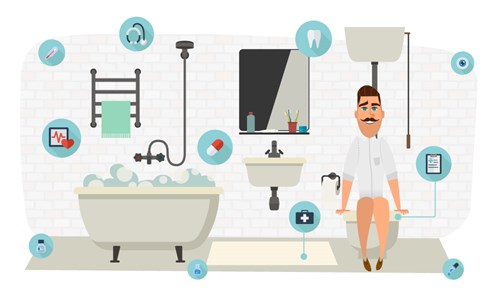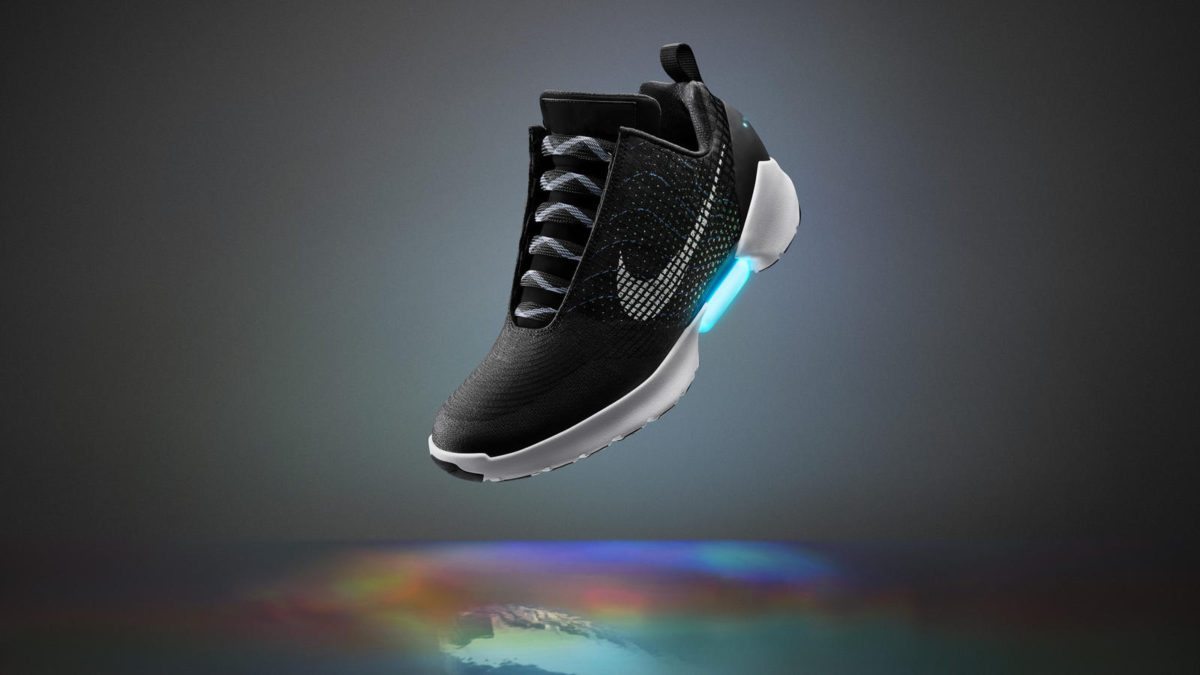The healthcare industry, like many others, has seen unprecedented disruption enabled by mobile, wireless, sensor, robotic, and other digital technologies. Trends have been moving towards personalized drugs and treatment, automated healthcare, medical record mining using artificial intelligence, robots in assisting repetitive jobs, and computerized consultations with virtual health assistants (see sense.ly) (Medical Futurist, 2016a). Sensors in particular, have played a vital role in shaping the future of healthcare service delivery: many of you may already use your smartphone or a health- or fitness-tracker. Eric Topol, a cardiologist and professor of genomics at Scripps Research Institute, describes this trend as “heading towards being able to do your own medical selfie” (Byrnes, 2016).
But beyond self-help lies potential not in self-diagnosis, but in computer-diagnosis: i.e. machines that can sense your health, analzye it in reference to databases, and think for themselves in detecting abnormalities. These new technologies have potentially revolutionary consequences for healthcare (Manthorpe, 2016), and as CEO of Babylon frames it, “the only way to solve the expensive supply-and-demand issues of health services is to leverage artificial intelligence.” In fact, patients may even see rising accuracy in diagnosis, something Manthorpe (2016) attributes to machine-learning systems’ ability to find patterns in databases that are too large and compex for human brains to comprehend.
One such example of an increase in diagnostic precision and accuracy that is to come, is a smart home that is technologically enabled to notice when something is up. The Medical Futurist (2016b) depicts the following scenario: A woman is feeling under the weather and blames it on stress at work; her house knows better: her sleep tracker mattress is showing signs of abnormal sleeping patterns, the microchip in her toilet is detecting elevated lab markers in her urine, the digital mirror has noticed darkening circles under her eyes. Her home serves as a smart intermediary between her and her doctor, and can, in fact, send messages to the doctor when symptons are appearing and things aren’t adding up. This woman’s doctor can then contact their patient to recommend an appointment. To think further ahead into the future of artificial intelligence, there might not be the need for an appointment, and one could interact directly with their virtual doctor.
As sensors become more powerful and affordable (Medical Futurist, 2016b), said scenario doesn’t lie far ahead. Think of the far-reaching implications of your home, in which you spend a considerable amount of time, in the very least to dress, sleep, shower, eat, possessing capabilities pertaining to detecting your body’s warnings before you do. A doctor’s time may be put to more efficient use, illnesses may be detected early, an aging population may spend longer in the comfort of their homes – in fact, they may even be safer “in the hands” of their home than in a nursing home. Particulary for the elderly (an increasing age group that many economies are struggling to adequately accommodate), a move away from wearable devices requiring ease-of-use with bluetooth and other mobile technologies, a huge potential in smart home sensors lies in the automation of the data-collection: such sensors do not require the user’s attention (Medical Futurist, 2016b).
There are of course challenges that lie ahead in implementing such healthcare solutions. One that has critical importance in sensorized healthcare is data: your smart home will be collecting your most personal data about your health in order to process and analyze it using algorithms. Eric Topol highlights the disappointment of data security measures within medical data and the resulting patient vulnerability (Byrnes, 2016): “our medical data is being sold, hacked and breached…[in addition], people don’t own their medical data…they are generating an ever increasing amount of data and there’s no home for that data.” No disruption is without its challenges, and that of data protection and security is far-reaching across many industry boundaries. But it also means that as the economy as a whole moves towards better practices for data security enforced by regulation, the benefits of technology-enabled healthcare services largely outweigh the challenges.
References:
Byrnes, N., 2016. The Evangelist of Individualized Medicine. Technology Review [online]. Available at: https://www.technologyreview.com/s/601847/the-evangelist-of-individualized-medicine/
Manthorpe, R., 2016. Artificial Intelligence could bring speed and awareness to healthcare. Raconteur [online]. Available at: http://raconteur.net/healthcare/artificial-intelligence-could-bring-speed-and-awareness-to-healthcare
Medical Futurist, 2016a. Artificial Intelligence will redesign healthcare. Medical Futurist [online]. Available at: http://medicalfuturist.com/artificial-intelligence-will-redesign-healthcare/
Medical Futurist, 2016b. Healthcare is coming home with sensors and algorithms. Medical Futurist [online]. Available at: http://medicalfuturist.com/healthcare-is-coming-home/




